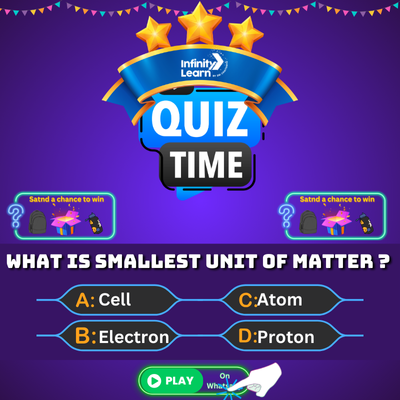Introduction to Resin A resin is a solid or semisolid material that is typically transparent, hard, and brittle. It is […]
Uncategorized
Uses of Petroleum – Composition, Properties, Types, and FAQs
Petroleum Products and Its Uses: A Comprehensive Study Uses of Petroleum: Petroleum products are derived from crude oil and natural […]
Experiments on Properties Acids and Bases
Experiments on Properties of Acids ; ; Materials Required For All Experiments ; ; Acids ; ; An Experiment Of […]
Measurement of Enthalpy and Internal Energy Change
measurement-of-enthalpy-and-internal-energy-change The enthalpy of a system is a measure of the heat content of the system. It is defined as […]
Gum Arabic – Explanation, Structure, Properties, Production, Functions, Uses
What is Gum Arabic? ; Chemical Properties of Gum Arabic ; Uses of Gum Arabic Gum Arabic is a natural […]
Unit Cell – Definition and Types
What is a Unit Cell? A unit cell is the smallest repeating unit of a crystal lattice. It is a […]
Difference Between Accuracy and Precision
Introduction to Accuracy and Precision Accuracy is a measure of how close a set of measurements are to each other. […]
Homolytic and Heterolytic Fission – Definitions, and FAQs
What are Homolytic and Heterolytic Fission? Homolytic fission is the process of breaking a molecule into two pieces by cleaving […]
Unsaturated Solutions – Types, Properties, Examples, Factors and FAQs
Unsaturated Solutions In chemistry, an unsaturated solution is a solution that has more than the maximum amount of solute that […]
Standard Enthalpy of Formation, Combustion and Bond Dissociation
Introduction to Standard Enthalpy of Formation ; Standard enthalpy of formation (ΔH f °) is the enthalpy change associated with […]


